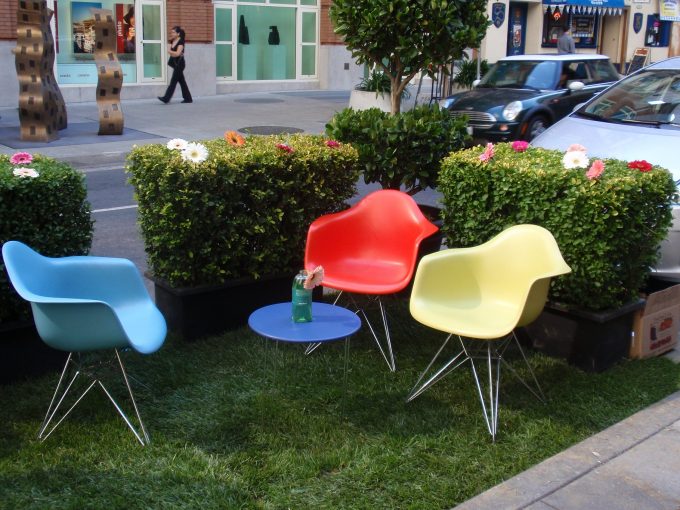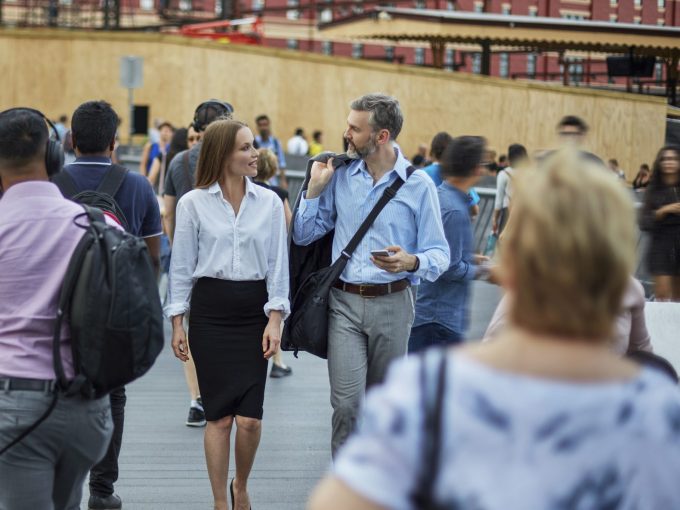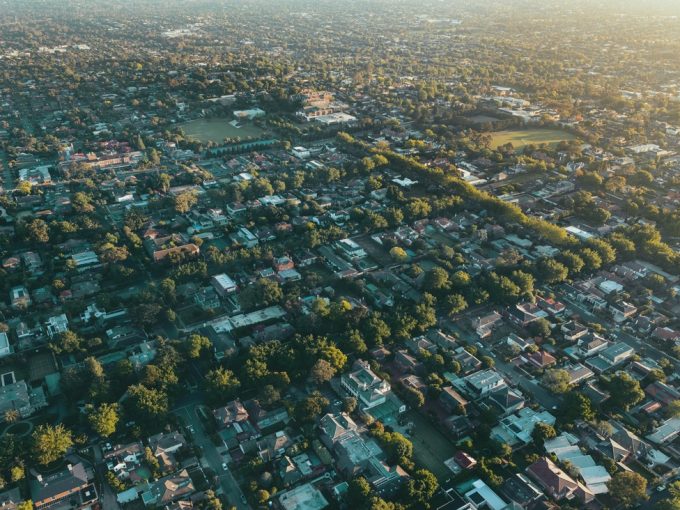As families embrace the joys of walking and cycling in their neighbourhoods, how can we use the shake-up from coronavirus as an opportunity to keep this going for our own and our children’s health?
Coronavirus restrictions have allowed many of us to connect more with our local neighbourhoods, while less traffic has also made family walks and bike rides much safer.
With many students soon to be returning to the classroom, how can we capitalise on the unique opportunities presented by coronavirus to keep kids walking or cycling to school like they used to in years gone by.
Before coronavirus, there were almost 1.2 million kilometres of car trips every week-day, just for dropping off and picking up children from school.
And across Australia, just three in ten children aged 5-11 years do sufficient physical activity to benefit their health, with kids at risk of becoming a backseat generation.
We have a once in a generation opportunity to change how children travel to school before traffic returns to previous levels, says Distinguished Professor Billie Giles-Corti from the RMIT Centre for Urban Research and Urban Futures Enabling Capability Platform.
In a new paper prepared for VicHealth, together with Professor Anna Timperio from Deakin University and the Institute for Physical Activity & Nutrition, Giles-Corti highlights the barriers to active transport we must address to capitalise on the opportunity to keep people of all ages walking and riding.
Reconfigure and reclaim the streets
Cities around the world are implementing a wide range of temporary and ‘pop-up’ measures to encourage walking and cycling in response to coronavirus, such as widening paths and using the road space to create temporary bike lanes, with movable barriers to traffic.
Similar measures could be implemented for school travel, says Giles-Corti.
“Widening footpaths and reclaiming part of the street to help children walk or ride to school will help maintain social distancing, including among adults accompanying their children,” she says.
“Cycling boulevards on key routes leading to schools could be trialled, along with limiting speeds on residential streets, areas around schools and other pedestrian areas to 30km/hr.”
Design streets around schools, public transport hubs and activity centres
In 2018, approximately three-quarters of journeys made by primary school students in Melbourne were by car.
“This is a lot of traffic for children to contend with around schools,” says Giles Corti.
“The more people drive their children to school, the more unsafe it can be for children who use active modes.
“Improving safety from cars is critical for children to be able to safely travel by foot or bike and for parents to feel comfortable with them doing so.”
Internationally, infrastructure changes around schools and key routes, such as installing crossings, footpath improvements, bike lanes and traffic calming, in conjunction with other measures, have been shown to increase active transport to school.
“We could trial temporary ‘woonerfs’ close to schools. Woonerfs, or living streets, originally developed in the Netherlands and introduced elsewhere, are streets seen as ‘shared’ space, where cars, pedestrians and cyclists share the space and traffic is calmed and slowed to a walking pace.
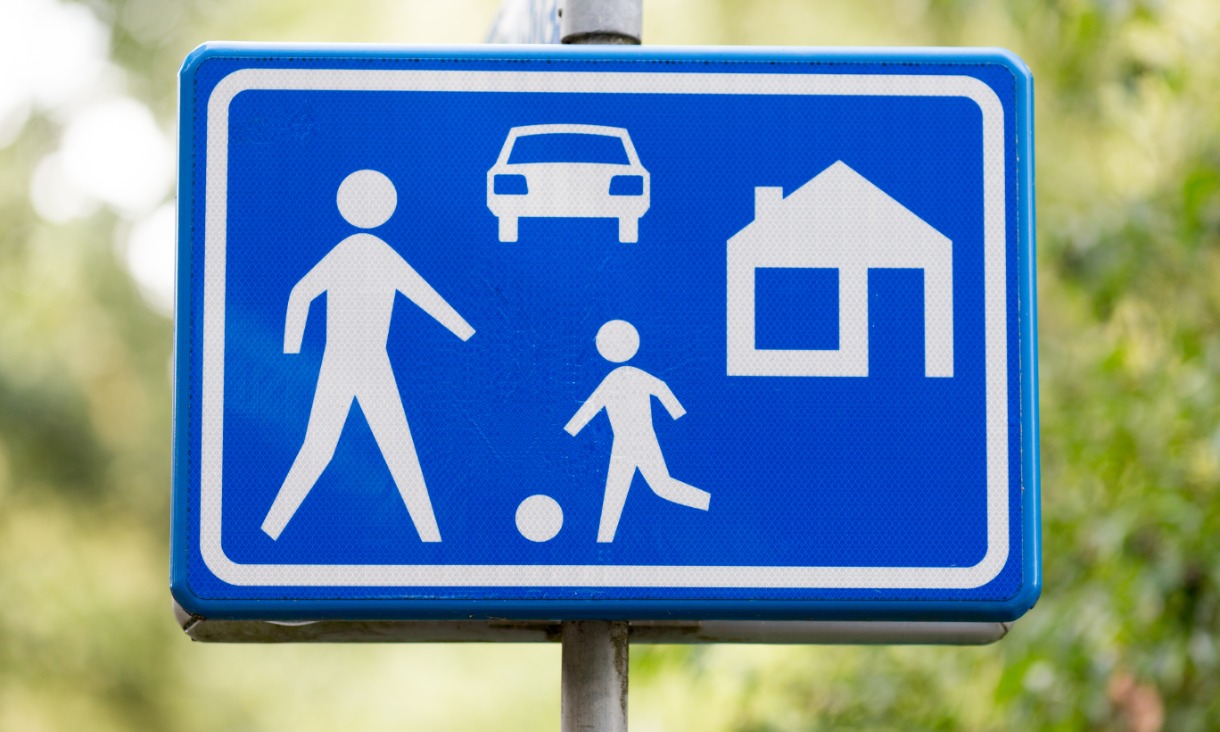
Adopting the Dutch style of creating “woonerfs” around our schools could help continue momentum for active travel to and from school.
“The Pedestrian Safe Neighbourhood pilot currently under development is an example of an initiative to create a safer neighbourhood street environment for pedestrians and cyclists, particularly for children and for school travel.
“These include bike boulevard treatments for cyclists, safety barriers, painted and raised crossings, mid-block crossings, raised intersection platforms with crossings, curb extensions and road decals to prompt cars to slow down, reduced speed limits, and one-way streets, and limited entry points to discourage use of the neighbourhood as a short-cut for cars.”
Improve connections
Commutes involve more than the immediate environment around the schools or workplaces – the whole journey is important.
“Many suburban off-road paths lack connections and according to the Cycling Promotion Fund & National Heart Foundation, four in five parents believe that there are not enough bike paths for children to cycle safely to school,” says Giles Corti.
“We need to identify opportunities to connect these broken links for local cycling, particularly if these can lead to schools, activity centres and public transport hubs.”
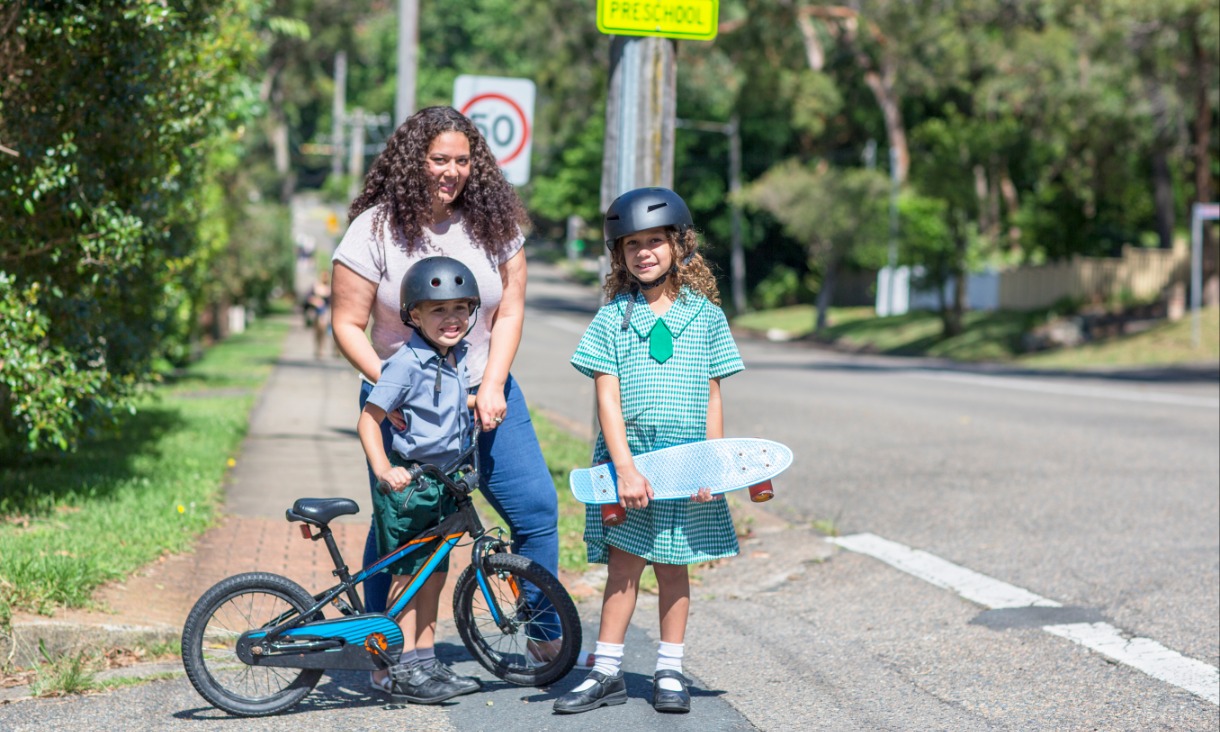
Cycling boulevards on key routes leading to schools could be trialled, along with limiting speeds on residential streets, areas around schools and other pedestrian areas to 30km/hr, says Billie Giles-Corti.
Create drop-off zones
Not all children live within a walkable or cycleable distance to school.
In 2018, the Department of Transport, found journeys to primary school in Melbourne averaged 4km.
Drop-off zones could be identified 500-800m from schools.
“These could link to woonerfs, walking and cycling boulevards or other safe routes, allowing children to enjoy the freedom of travelling independently to school in a safe environment,” says Giles Corti.
“A small pilot trialling this approach in two schools in Belgium showed increases in walking trips to and from school, as well as higher step counts before and after school.”
Build it – they will come
In the post-coronavirus recovery period, stimulus packages will likely provide funding for infrastructure projects.
“This could be used to help achieve the Victorian government’s 20-minute neighbourhood policy,” says Giles Corti.
“What if some of that funding was spent on creating safe pedestrian and cycling infrastructure leading to all schools, activity centres and train stations?
“With increased cycling and appreciation of local neighbourhoods, never has there been a bigger opportunity for change.
“The 1.2 million km of trips associated with dropping off and picking up primary school children by car is detrimental to the environment and for the health and wellbeing of our children: children are looking to adults to act on climate change.
“Coronavirus provides a unique opportunity for adults to show we are listening to our children and their concerns about climate change and active modes of transport are a sustainable form of mobility.
“As many Australian workers continue to work from home and look to new ways of commuting when they return to work, this is the time to enact a healthy and more sustainable new normal.”
The paper Streets for people: Lessons from a return to local living is part of the Life and Health Re-imagined series hosted by VicHealth on how we can create a healthier, more sustainable, and more equitable Victoria – for everyone. You can watch the Streets for People panel discussion here.
Story: Chanel Koeleman

